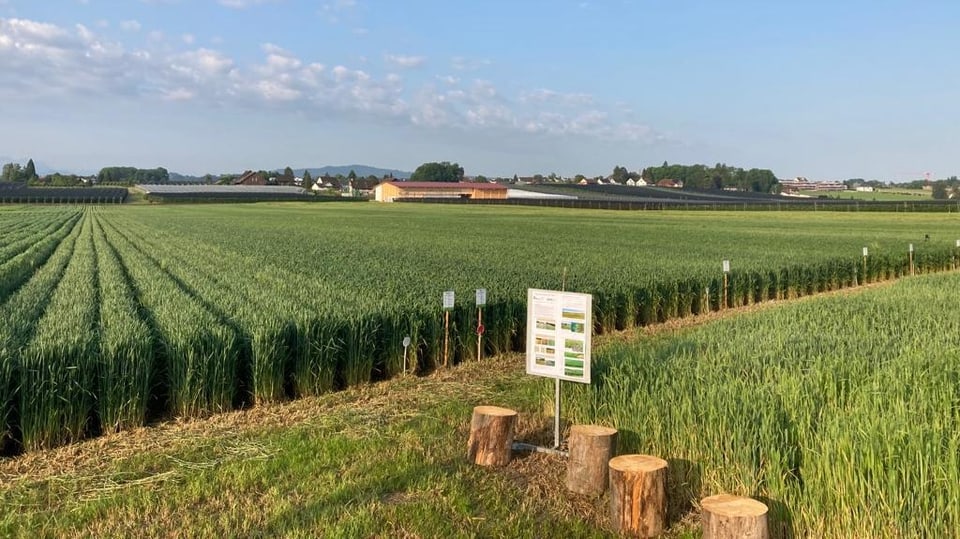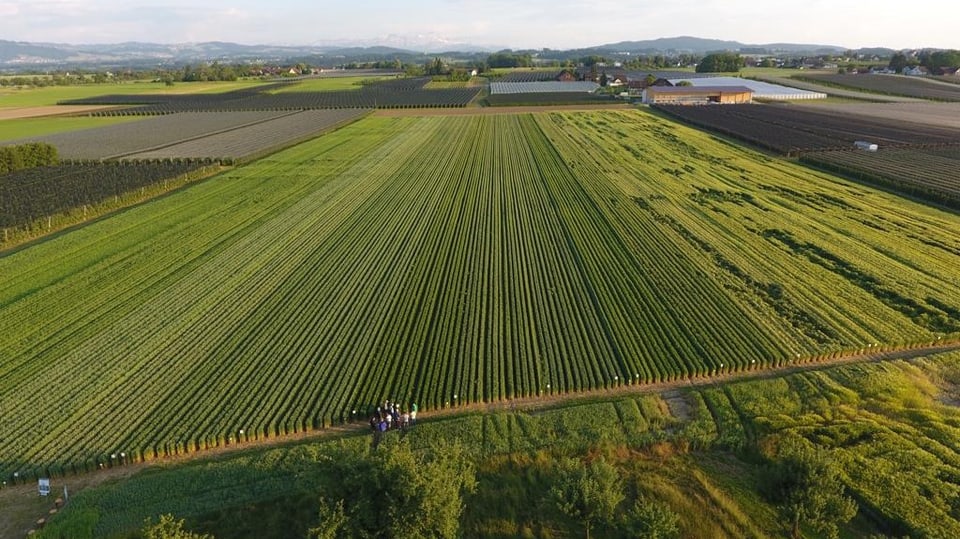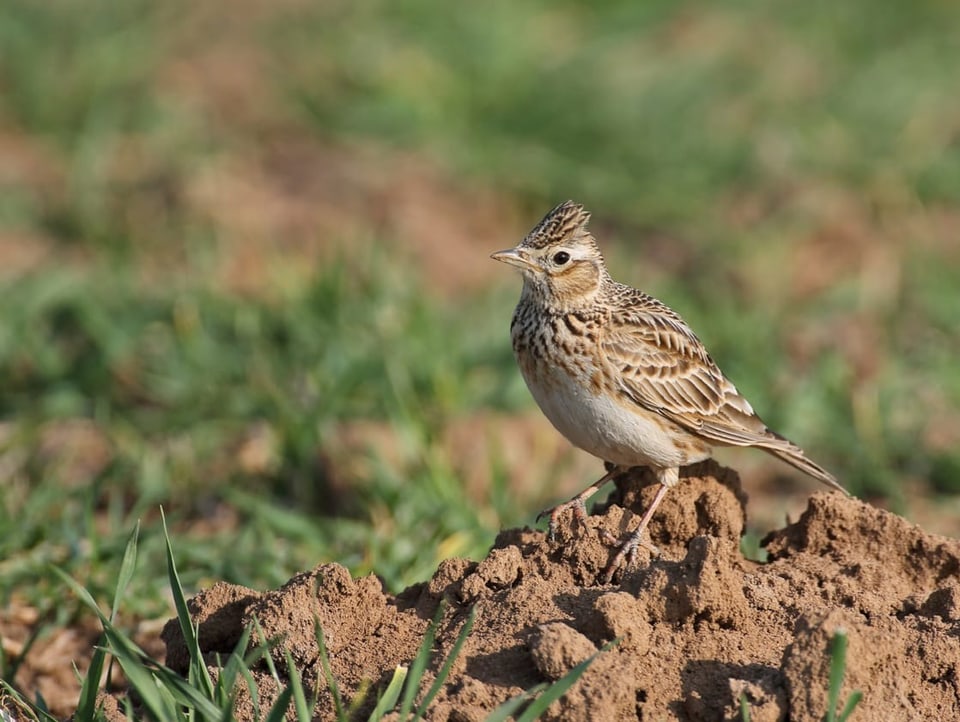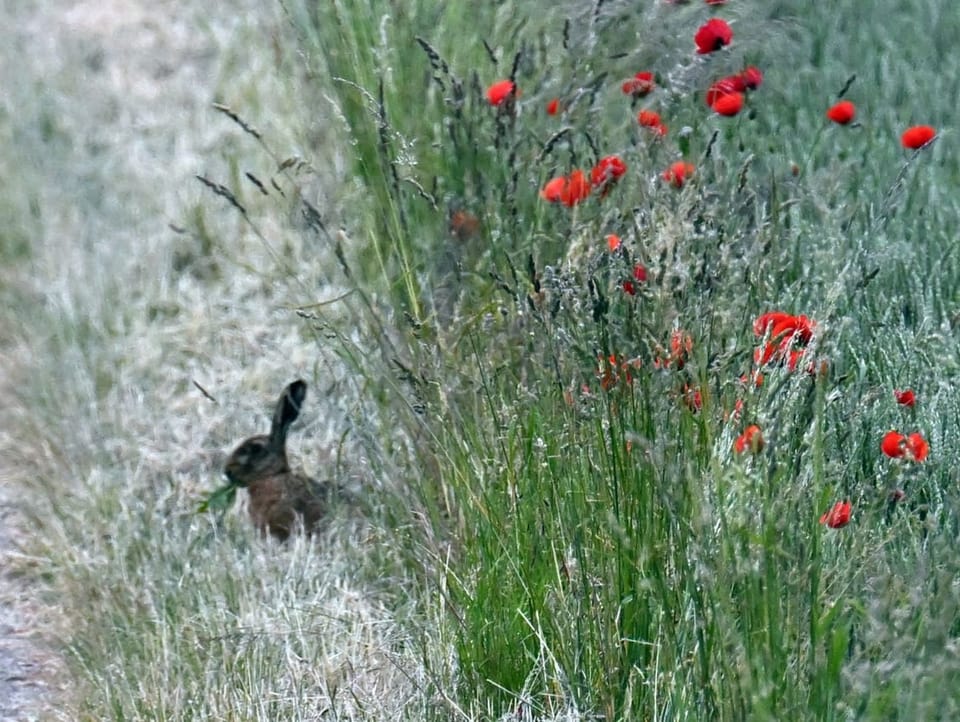Contents
With rabbit alleys or colorful fallow land: From 2024, farms must promote biodiversity on their fields.
From 2024, new rules for promoting biodiversity will apply to farmers: 3.5 percent of arable land must be so-called biodiversity promotion areas.
Because the changes are new territory for many companies, there is a public test field in Egnach in the canton of Thurgau.
Legend:
The test field in Egnach (TG) is six hectares in size, which corresponds to around eight football pitches.
ZVG
Pius Fleischmann, himself a farmer and crop cultivation consultant for a seed company, planted the field. “We’re showing farmers what they need to do next year.”
Pius Fleischmann regularly gives guided tours for interested people in the public field and provides information about the various options for biodiverse arable land.
Wildflowers, strips of beneficial insects and rabbit alley
Biodiversity can be promoted via a wildflower area – a strip of farmland on which native wild herbs are planted. A so-called beneficial insect strip is also possible, on which indigenous wild flowers and other plants grow. Neither brings the farmers a harvest and therefore no income.

Legend:
There are numerous large and small information boards on the test field in Egnach, which inform interested persons about the types of grain and the special cultivation to promote biodiversity.
ZVG
The situation is different in the case of grain cultivation areas. “Our test field is designed in the most productive way,” says Pius Fleischmann. In the field he planted wheat, barley and spelt. Grain that he can later harvest.
However, the grain rows are further apart than usual. “These are rabbit alleys. The space between the rows of grain gives room to hares and skylarks.»
Space for birds and rabbits
The test field in Egnach also tests which types of grain are particularly suitable for protecting skylarks and hares.
More work, less income
Experts estimate that the new federal regulations for the promotion of biodiversity mean that farms will have to expect a ten to 20 percent drop in yield. The federal government is about it direct payments. For example, the federal government pays CHF 300 per hectare per year for a rabbit alley in a grain field.
In the canton of Thurgau, some farmers have already expressed criticism that these direct payments would not compensate for the lower yields. This is confirmed by Sebastian Menzel from the cantonal agricultural office.
He and his team will carry out checks starting next year. Anyone who does not comply with the new federal rules must expect a reduction in direct payments.


